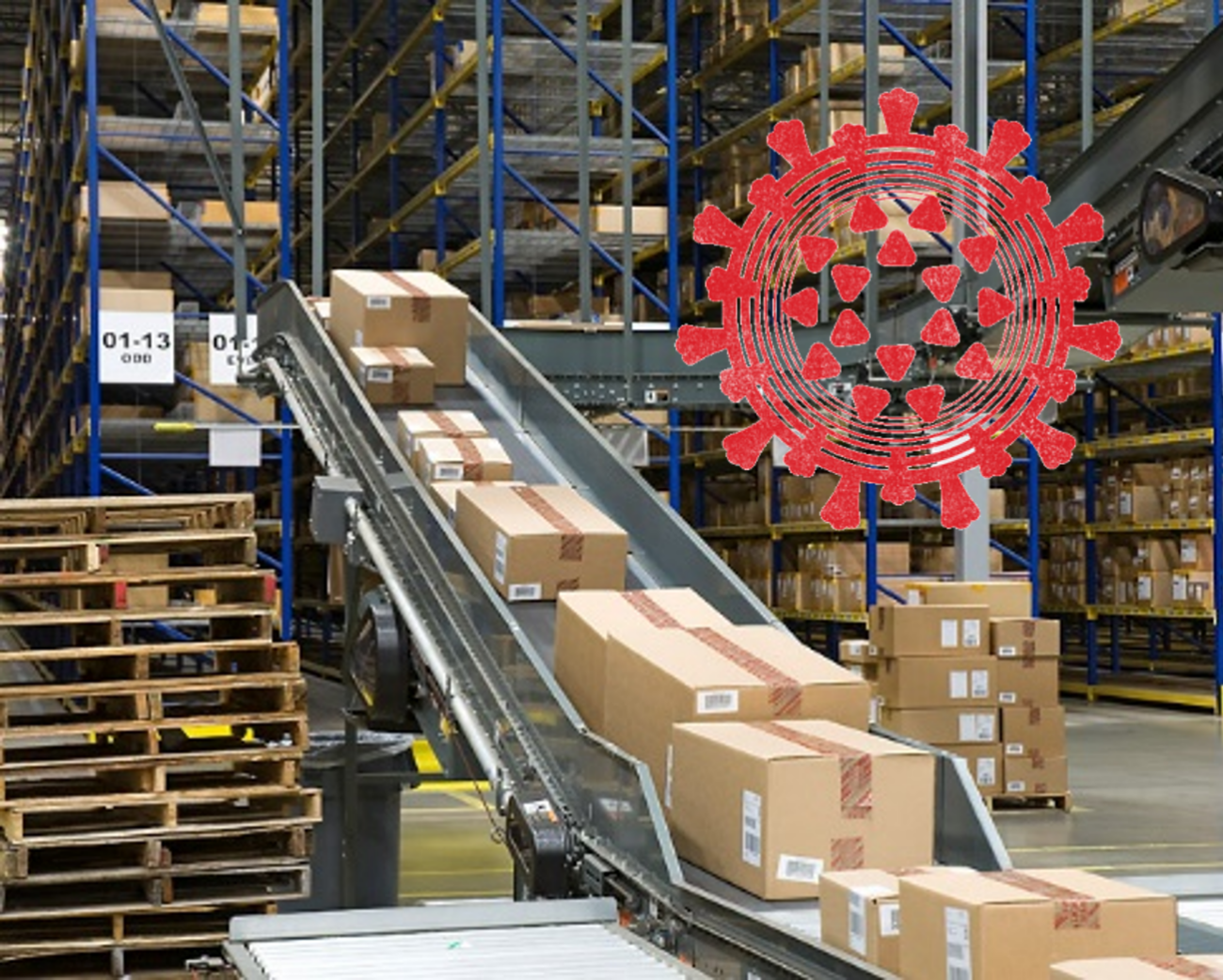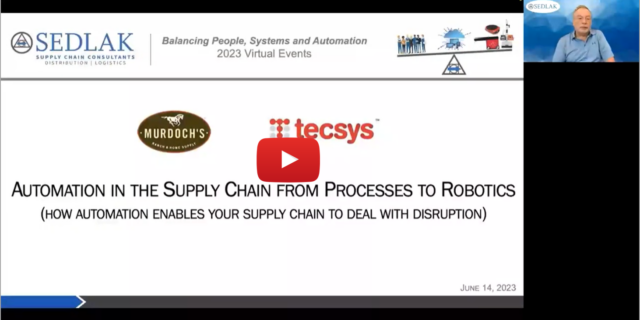2020: A Year to Remember for Logistics Professionals
November 18, 2020 By: Louis J. Cerny | Topics: Automation & Robotics, Productivity & Labor In my 40+ years of providing logistics and distribution consulting services to clients, no other year has had a greater impact on the profession than 2020.
In my 40+ years of providing logistics and distribution consulting services to clients, no other year has had a greater impact on the profession than 2020.
The terrible impact COVID-19 has had on all our lives will never be forgotten. It has affected everything from our simplest activities at home, to how we work and shop and likely to the presidential election. Beyond those implications, COVID's impact on logistics and distribution center designs will leave a lasting mark on the profession.
While the industry was already investing in technology to meet the demand for ever-increasing levels of customer service, driven by Amazon and other distribution leaders such as Uline, the pace of adoption was just trying to keep up with the competition. COVID changed all that.
For an industry already dealing with labor shortages, the need to embrace higher levels of automation became critical as order characteristics morphed to significantly smaller direct-to-consumer characteristics. The labor shortage was magnified due to the need for increased labor to fulfill these smaller orders and the need for social distancing.
Evolving to meet the challenge
While those of us in the logistics profession have certainly understood the importance of the supply chain and customer service, justifying the adoption of higher levels of automation has been a challenge. The common rule of thumb to justify automation in a 3-year payback period is a significant hurdle. This rule is changing as many of our clients are now realizing that fulfillment is a critical part of a company’s ability to survive. I believe that the financial models need to and will evolve to recognize that like many European companies, the investment in capital for fulfillment is intended to service the company and its customers for the long term and not three years. Supply chain professionals need to be recognized for their contribution to the success of a company and need to drive the change in how projects are evaluated.
The options to meet the challenge
AGVs, ASRS, AMRs and GTP are the alphabet soup of automation options that are available to meet the demands of the customers. While AGVs and ASRSs have been around for many years, they are definitely not your parents’ automation options. AGVs that used to only be two-dimensional and relegated to hauling product over long distances are now three-dimensional and can put that product away and retrieve it. Virtually all the mobile equipment that currently requires drivers can be replaced with driverless vehicles. While the cost is 2-3 times the cost of the manned versions and operate at slower speeds for safety reasons, like any evolving technology these factors will continue to improve. Likewise, the ASRS options are plentiful and are not only for pallet storage but also individual cartons or totes that can be stored several containers deep.
AMR (Autonomous Mobile Robot) options are as varied and plentiful as any of the automation technologies. More providers, options and capabilities are becoming available every day. Be sure to understand who you partner with as there will likely be many consolidations and potential changes in the provider landscape.
GTP (Goods to Person) solutions can increase picking productivity by 100-200% by eliminating the walking and like AGVs come in multiple options.
Integrate these solutions with the information systems (ERP, WMS, WES and WCS) that control the automation solutions, and you have a formula for operational excellence. Get it wrong and your company may never recover, and you may be looking for another job. Select a partner who understands how to evaluate and select the appropriate solutions and how to integrate them.
Conclusion
None of us will ever forget 2020, and when we look back a year from now, we will understand the profound impact it has had on our personal and professional lives. I wish you good health and success in your logistics and supply chain careers.
This blog post kicks off a series on automation! Keep an eye out for new blog posts on topics including automated guided vehicles (AGVs), automated storage and retrieval systems (ASRS) and warehouse execution systems (WES).
With 62 years of experience, Sedlak is prepared to partner with you throughout the automation revolution. Contact us at info@jasedlak.com to speak with one of our consultants.





